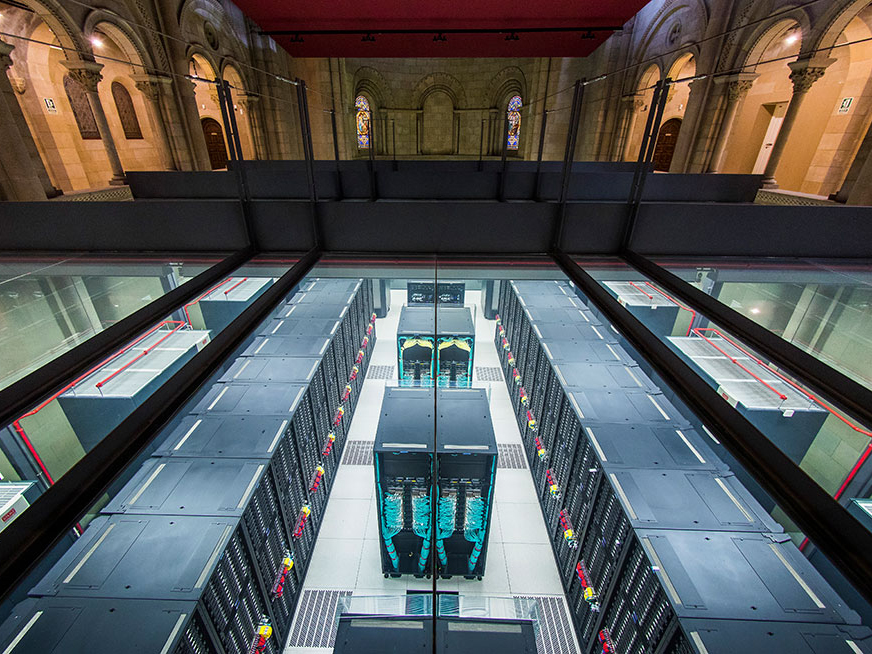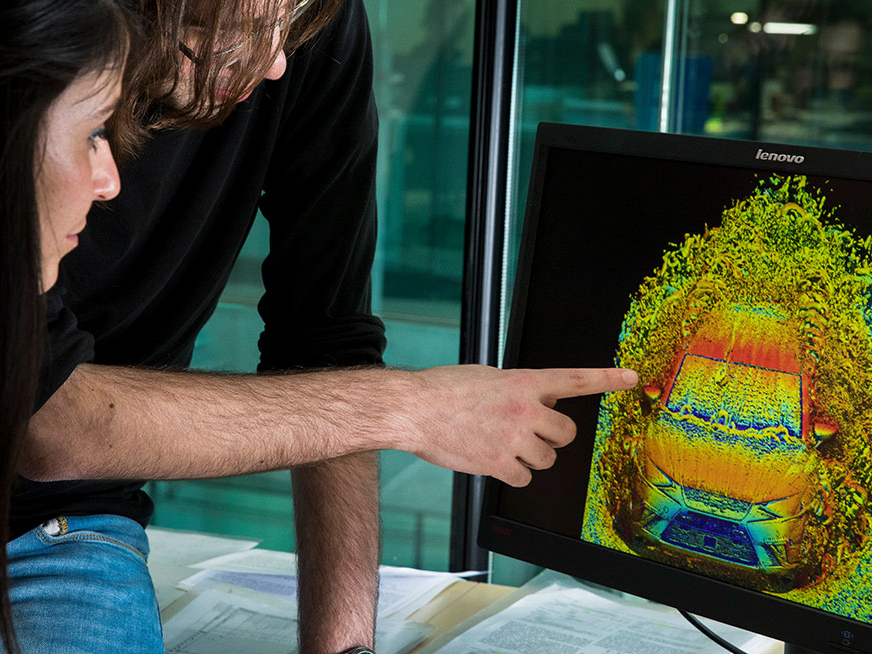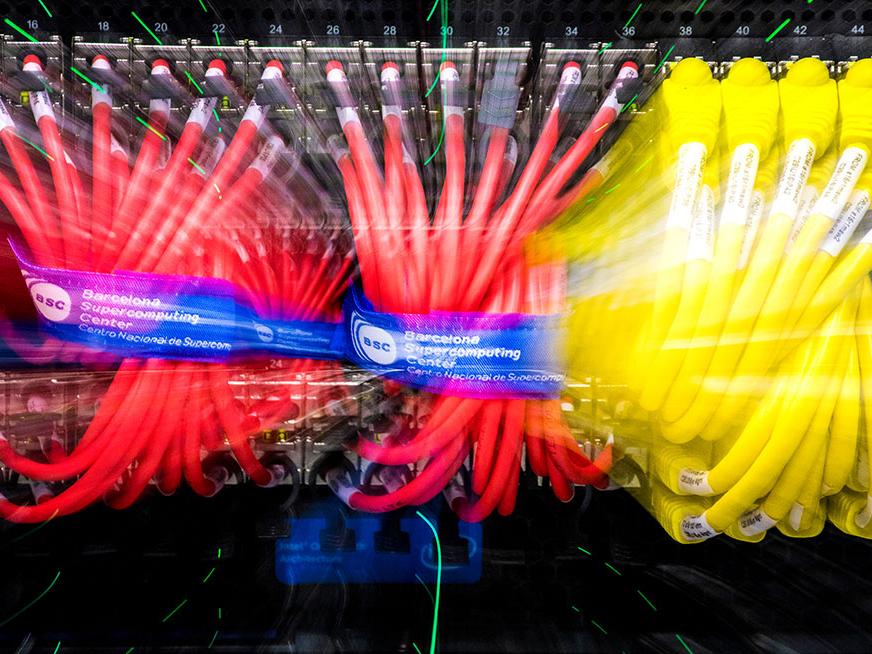The MareNostrum4 supercomputer in the service of aerodynamics
Optimising aerodynamics to reduce consumption and emissions and improve safety: with this aim, SEAT is using the most powerful computer in the whole of Spain.

Forty thousand PCs all working together and at the same time: this is the capacity of the MareNostrum4 supercomputer, located at the Barcelona Supercomputing Centre, in an old deconsecrated chapel on the North Campus of the Polytechnic University of Catalonia.
It is the most powerful computer in the whole of Spain and the seventh in Europe and, thanks to its processing power, it can perform numerous kinds of simulations, from how a heart works to climate change.
In the case of the collaboration project with SEAT, its 165,888 micro-processors are used to improve its cars.
The importance of aerodynamics
“In my field I study the combustion chambers of aircrafts, perform wind turbine simulations and, in the case of my collaboration with SEAT, the impact of wheel hub geometry on the aerodynamics of its cars”, explains Oriol Lehmkuhl, a researcher on physical and numerical models.
Lowering the drag coefficient of cars, that is the capacity of cutting through the air, results in vehicles that are more efficient, more comfortable and with lower emissions. The key areas of analysis are the front and rear end, undercarriage, tyres and wheels. Until now, clay models have always been used combining simulations and actual tests in a wind tunnel.
Simulating the wind

“Working with a wind tunnel is expensive. The clay models deteriorate and constant changes have to be made”, says María García-Navas, an engineer at SEAT’s Department of Development and Aerodynamics. “Furthermore, the computing power of the BSC’s supercomputer enables us to include more parameters and see how air behaves inside the rims. The idea is to increasingly narrow the gap between simulation and reality”, she adds.
Above all, the time necessary for the results is reduced from a few months down to hours: “We introduce the geometry of the wheel converted to grid points, and each point is analysed by a set of processors working in parallel. If they were analysed individually it would take months”.
The future in petaflops

The processing power of 13.7 petaflops (computer performance measurement) offers enormous potential in the field of aerodynamics. “In the future, we’d like to be able to simulate everything at once: airflow, the structure of the car, combustion and even the person sitting inside. For the moment we cannot, but in 15 years it will be possible with computers that are 1,000 times more powerful”, predicts Dr. Lehmkuhl.
The BSC is now a candidate to house the MareNostrum 5, which would increase the capacity of the current computer more than 20 times.
Source: Volkswagen AG
